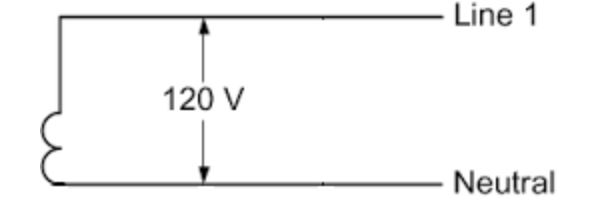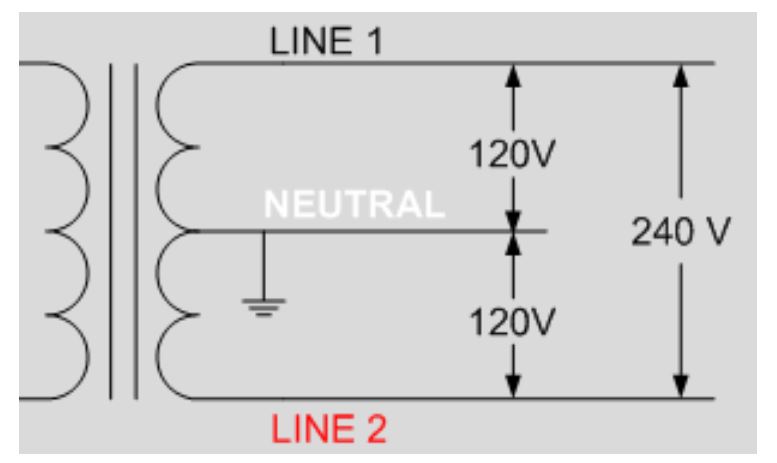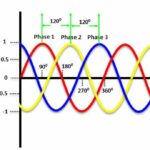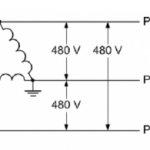120V and 220V are both standard power supply voltages. Supply from any of these systems has unique features that make one suitable for an application over the other. Although the 120V system is predominant in the US, the 220V is popular in many regions of the world. In this article, you will learn the primary differences between 120V vs 220V, common connection types, and which costs more to run.
120V Power
The 120V is the standard residential voltage supply in the US, as well as in some parts of North and South America. Sometimes, it can be confusing when this supply is referred to as 110V or 115V, but it means the same thing. Discrepancies in their nomenclature come as a result of voltage drops, which means that a 120V supply could go as low as 110V by the time it reaches the device it powers.
Generally, this supply is sufficient for most home appliances because they use less power. However, larger appliances such as laundry machines and electric ovens require more voltage to meet power requirements. This is why recent domestic supply utilizes a split-phase 240V, with 120V on each hot leg. So, low-power devices can connect hot to neutral to get 120V, while high-power devices can get 240V by connecting to both hot lines.
220V Power
220V is the standard supply voltage for some European countries. Similar to the 120V supply, the 220V works for appliances that are closely rated i.e. 220V to 240V. Higher voltages enable the transmission of more power to meet requirements for larger appliances. Moreover, they can do this alongside carrying less current than low voltage systems, which helps allay safety concerns and reduce power losses. These reasons are responsible for the wide adoption of high-voltage supply in several regions across the globe. However, countries such as the US have stuck with the earlier developed 120V due to the following:
- The 120V was initially developed in the US, before higher voltage systems such as the 220V and 240V. In addition, the country’s power grid was established using 120V architecture. So, changing to a higher voltage system would require an immense amount of infrastructure changes.
- With the advancement of technology and miniature transformer systems, devices can work with varying supply systems using a suitable converter.
Differences Between 120V vs 220V
The 120V and 220V systems are certainly not identical but share some similarities. Both are ideal for residential supply and are obtainable in a single-phase supply. However, there are differences between them as the following table highlights.
| 120V | 220V |
| Can meet energy demands for only low-power appliances. | Able to meet the energy demands of larger appliances such as dryers, ovens, etc. |
| Requires larger diameter cables to pass more current. | Can drive more current using smaller size cables. |
| Uses just one hot wire. | Transmitted to equipment using two hot wires. |
| Less efficient because of significant losses in transmission. | Higher voltage minimizes power losses in transmission. |
| Minimizes the risk of getting shocked due to lower voltage. | There is always a risk of shocks or arcing, which necessitates increasing the spacing of terminals. |
Common Connection Types for 120V vs 220V
Both 120V and 220V are single phase supply systems. However, the 120V is delivered using a two-wire connection, while the 220V requires three wires.
Single Phase Two Wires
This connection type is common in earlier residential setups where only one hot wire supplies current, and a neutral serves as the return line. To supply more power, the conductor needs to be larger, which limits the power supply capabilities of this method. Also, for an AC system, the power output is not steady.

Single Phase Three Wire for 120V and 220V
This is currently the predominant connection type for residential supply. It has two hot wires and one neutral, thus, can supply enough power for heavy-duty home appliances. Low-power devices can connect live to neutral to get 120V, while high-power devices connect line to line to get 220-240V. The two hot wires are out of phase by 180°, so it is commonly referred to as a split-phase system. In addition, this gives it a more stable power output.

Cost of Operation – 120V vs. 220V
The 220V has more popularity than the 120V largely because of its lower operational cost. Some factors that contribute to this include:
- In the energy industry, transmission of power is at high voltages to minimize losses along the way. On arrival at the user’s location, it is stepped down using transformers to the required voltage. The transformers for stepping down voltage to 120V are more expensive than those for 220V.
- For the same amount of electrical power, a 120V system needs larger conductors than a 220V system.
- Also, the 220V system is more energy-efficient than the 120V supply.



